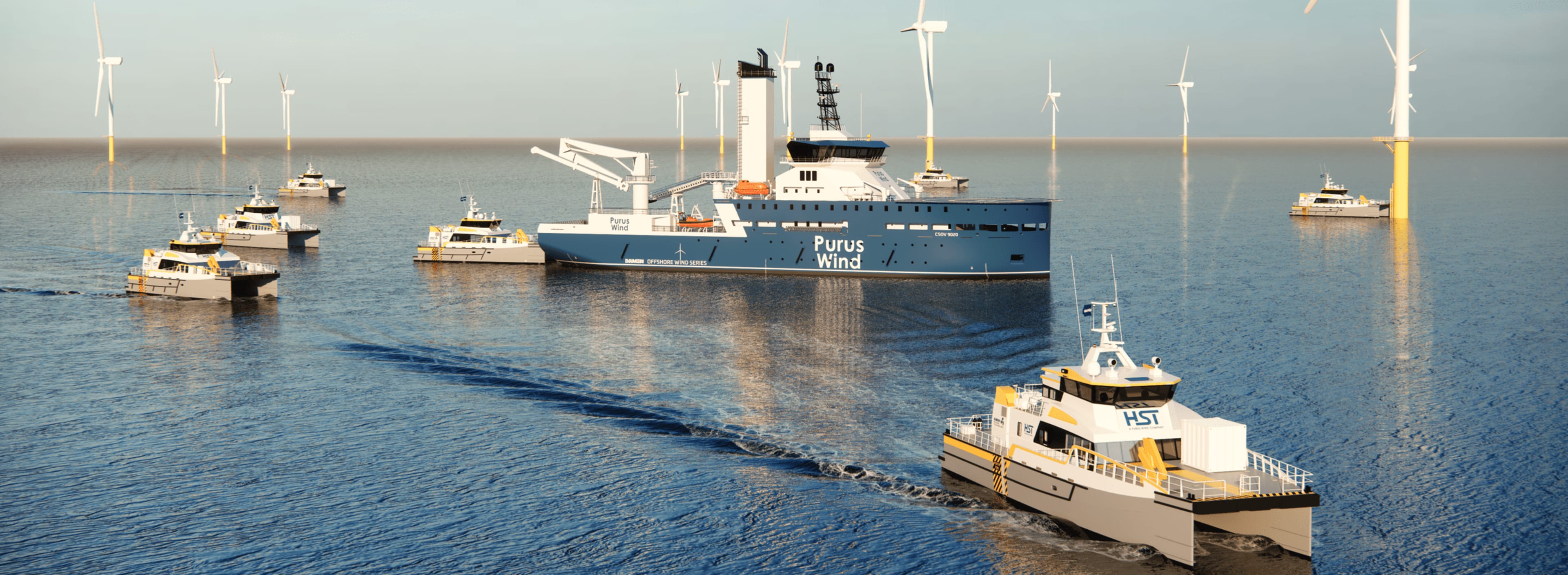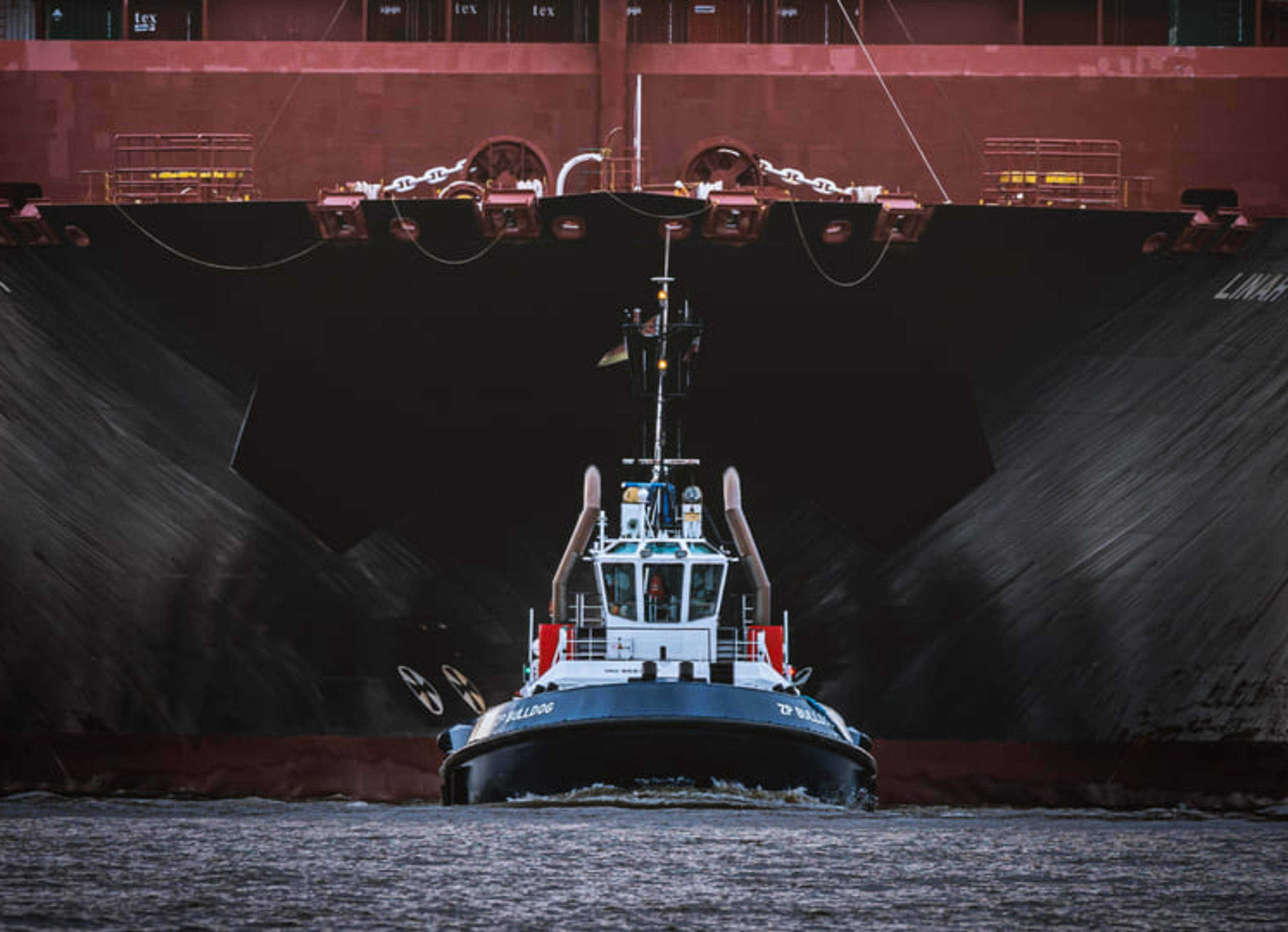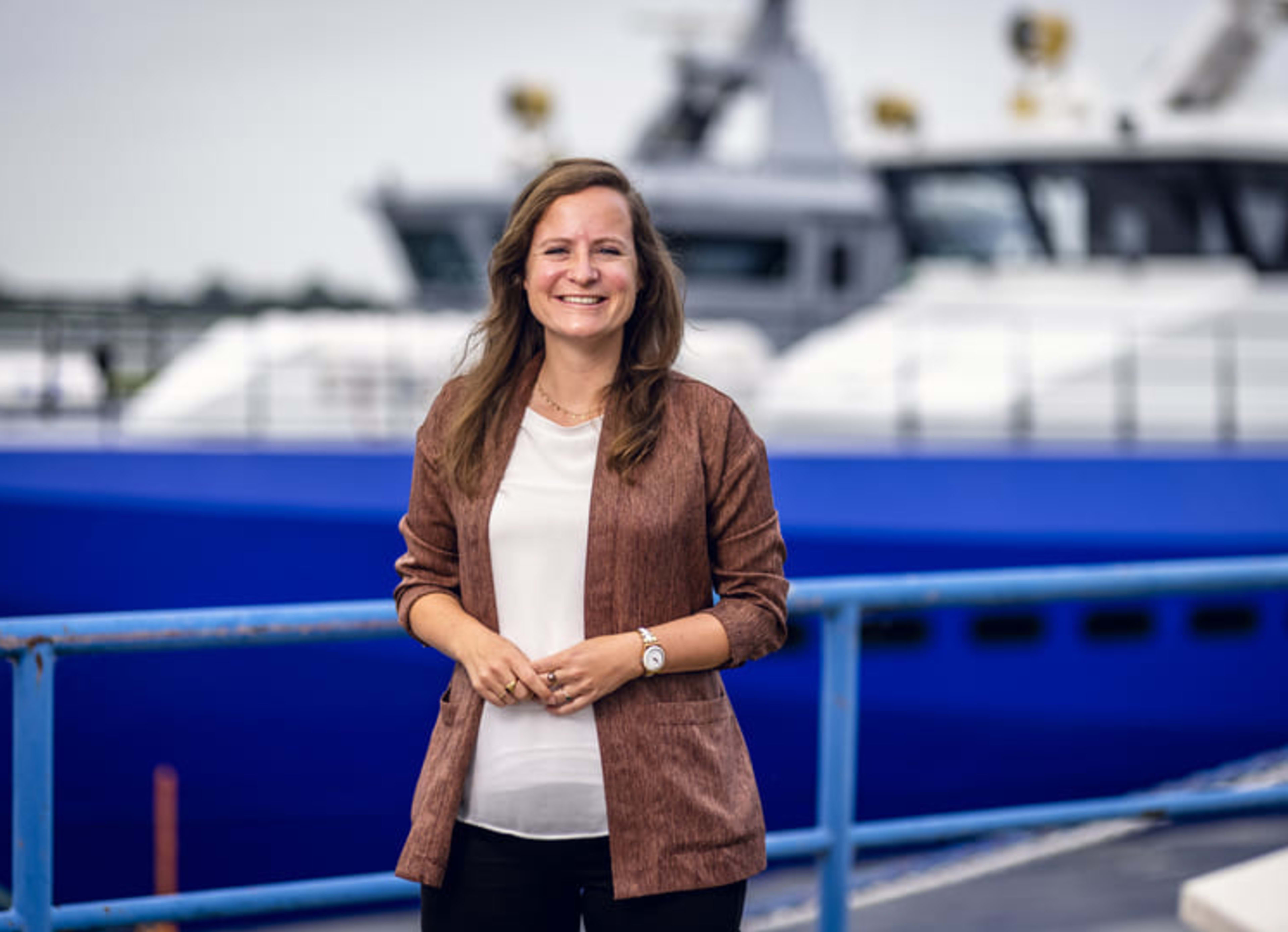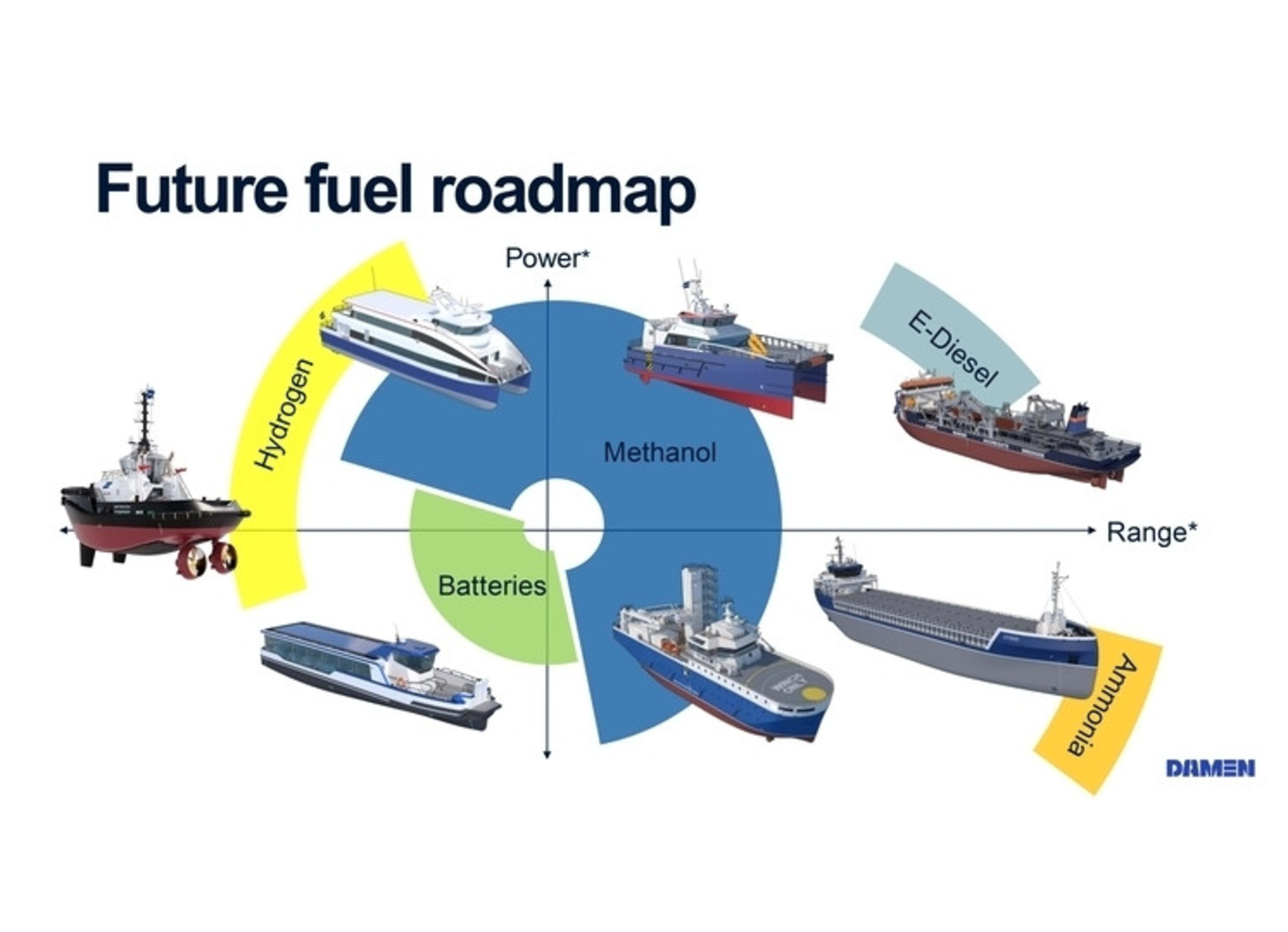The offshore wind business is booming. The engineers who design and build the servicing (C-SOV) and crew transportation (CTV) vessels weigh in on the challenges of a burgeoning industry.
“Demand is soaring. We’re working round the clock to create stock, for fast delivery.” Wijtze van de Leij, Damen’s Sales Manager for offshore wind could not be more decisive in his assessment of the company’s role in a market that – after several false starts – is now truly coming of age. In Northern and Western Europe, Wijtze explains, the offshore wind market is maturing, with orders to match. In the relatively new markets of Southern Europe, Asia and – tentatively – the US, the offshore wind business is growing at breakneck speed. “Most of the 21 crew transport vessels that we are currently building have already been pre-sold,” Wijtze states.
It’s much the same story for servicing vessels (C-SOV). Jelle Brantsma, Damen’s Director of Offshore and Specialized Vessels (OSV) explains that of the seven 85+metre maintenance ships his division is building, four have already been sold, and three are under option. “We expect to double our output of ships by 2030,” Jelle predicts.
The OSV division that Jelle heads is known for the unique, one-off ships it builds. With wind parks being installed farther and farther at sea, the Director explains, there has been increased focus on interior design, to create a homeaway-from-home feeling at sea.
The changes in the offshore wind market have also given birth to a range of technical innovations on the ships. “The turbines are getting bigger,” Joost Mathôt, Director of the Workboats division points out. “So we’re building stronger ships, with greater capacity and range.”
Fully electric
At the same time, Joost stresses, Damen is constantly working on building more connected and environmentally friendly ships. “Sustainability runs through everything we do. We expect to launch a fully electric Service Operation Vessels (SOVs) concept this year. But also Crew Transfer Vessels (CTVs) are now equipped with batteries. In the future these vessels can be equipped with methanol tanks, for which we are currently developing an engine together with Caterpillar.” Damen is also working hard to make recharging batteries at sea a reality. One of the spearpoints of Damen’s policy is to install a universal plug on the turbines, which would offer any batterypowered boat, regardless of its origin, the possibility to take power directly from the offshore wind installations. “In the long run,” Joost states. “It’s better to work together.”
Client in the spotlight: Purus Wind
Purus and Damen Shipyards: a sustainable relationship
Brought together by a shared philosophy of sustainable maritime transportation services, Damen and Purus have recently expanded their cooperation in the offshore wind sector. Purus is a world leader in providing global energy customers with maritime services for the offshore wind and gas transport industries. The company owns and operates one of the world’s largest and youngest fleets of ultra lowcarbon gas carriers, construction Service operation vessels (C-SOVs) and Crew Transfer Vessels (CTV). Earlier this year Purus ordered eight new low-emission vessels from Damen, including three Damen FCS 3210 hybrid CTVs and one 90-metre C-SOV. The CTVs are currently being built at the Damen Shipyards Antalya, Turkey and the C-SOV is under construction in Vietnam.
Purus and Damen have a longstanding and diverse relationship, based on a shared mission to decarbonise the maritime industry. The recent order of offshore wind vessels builds on an earlier order of three Damen Fast Crew Supplier 2710 offshore wind vessels. The two companies also successfully cooperated in the first fully electric Ferry 2306 in Dordrecht, the Netherlands.
Receive our newsletter
Get Damen updates, news and amazing offers delivered directly to your inbox.




